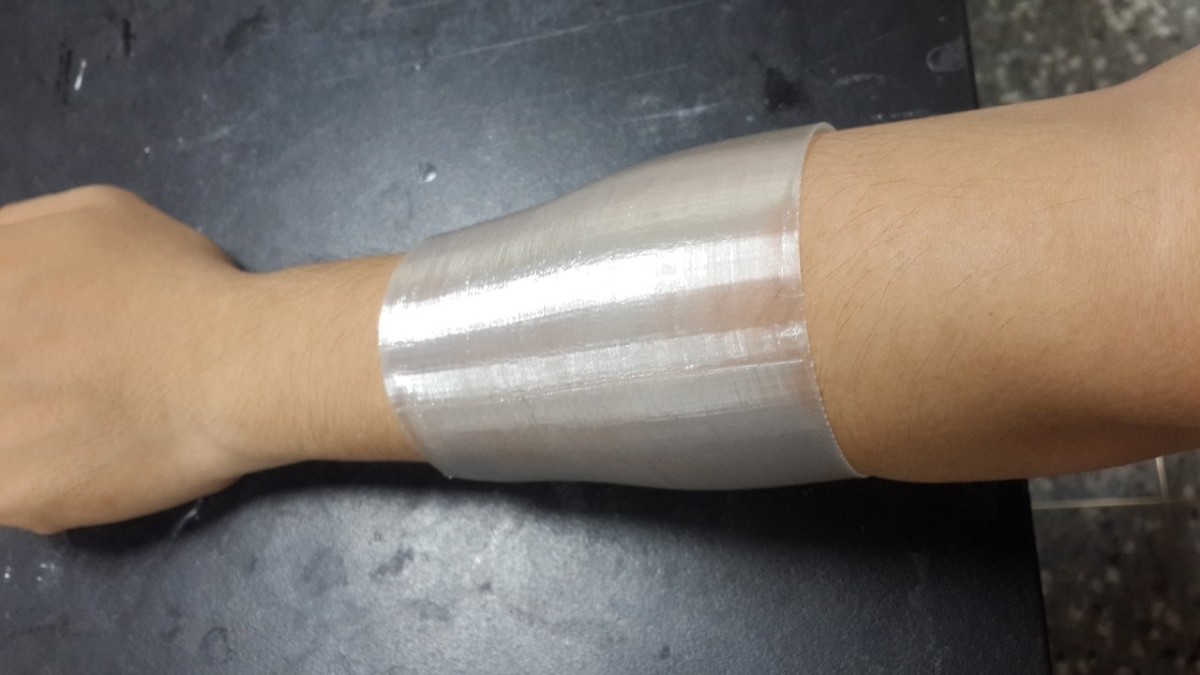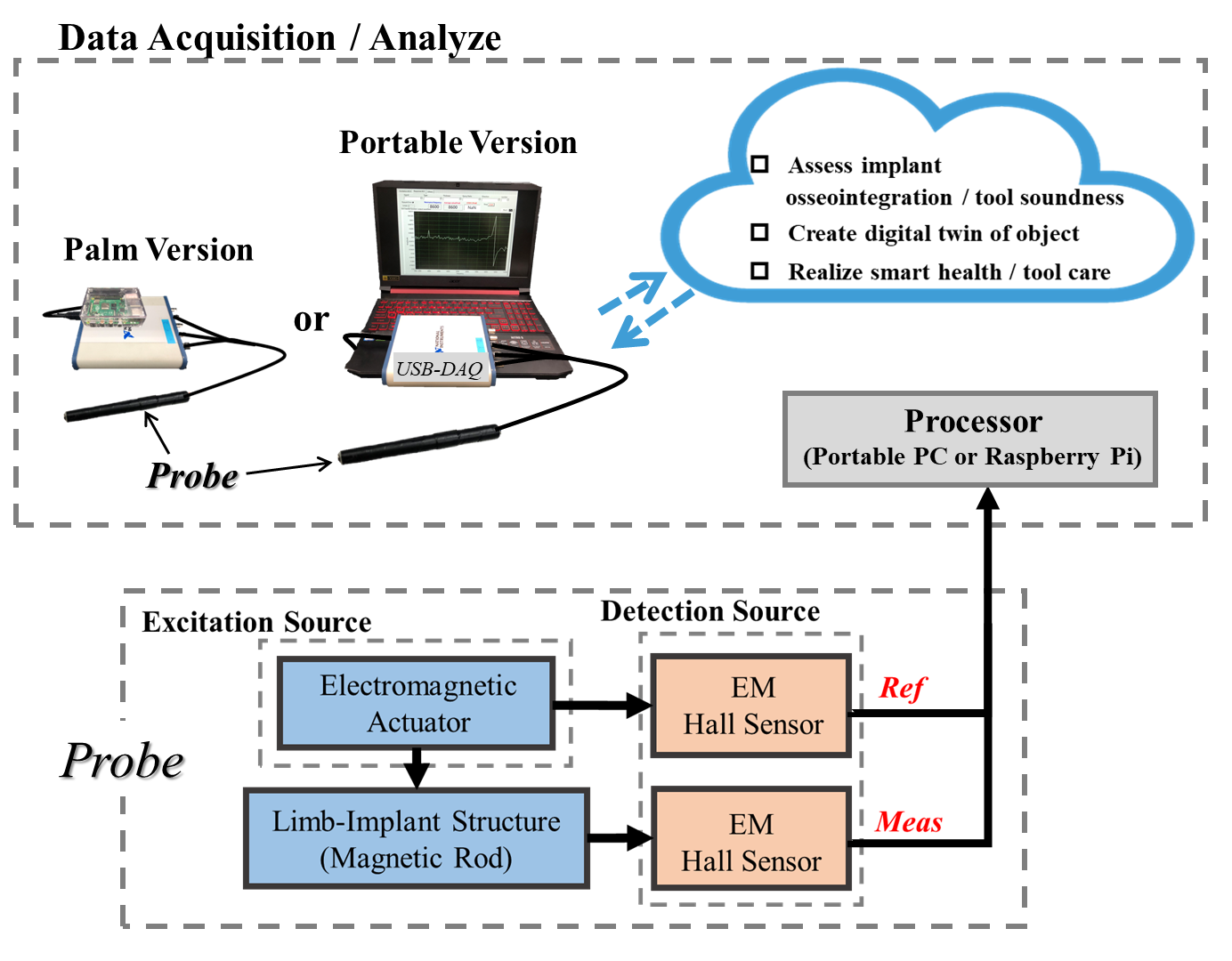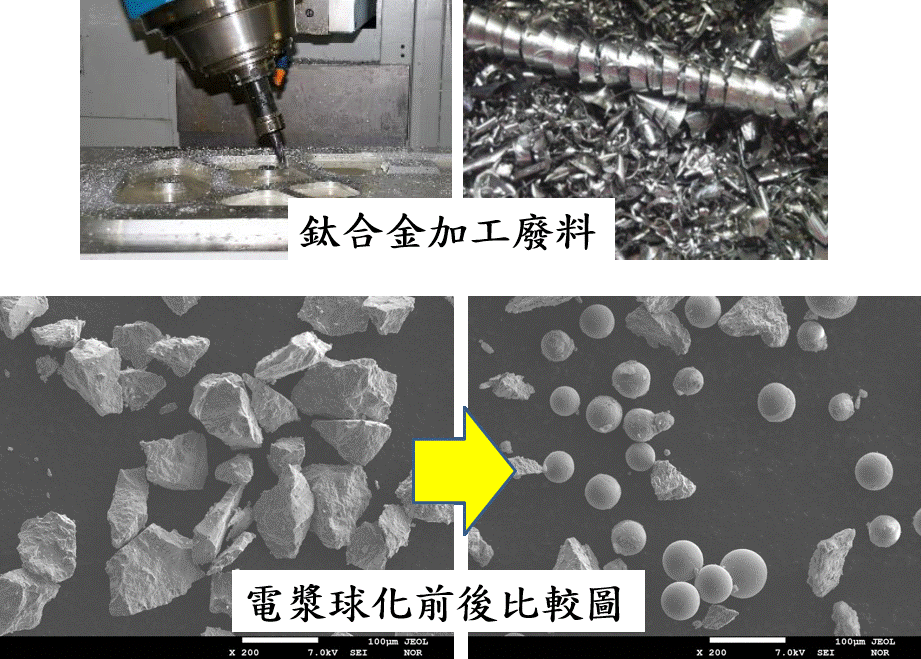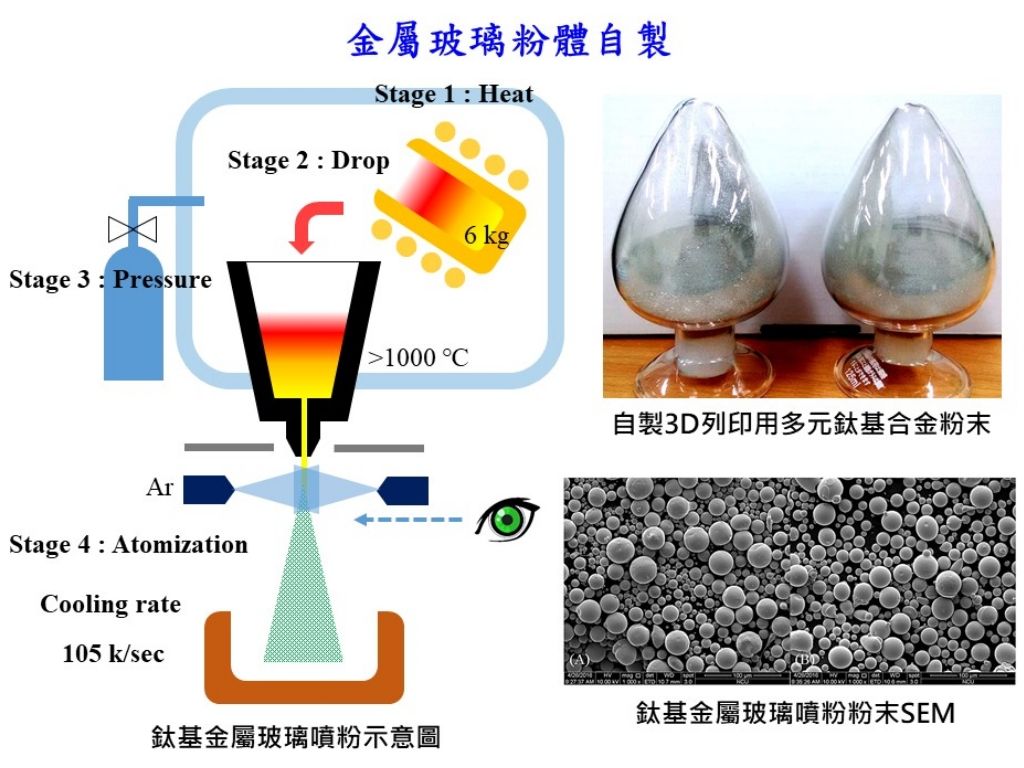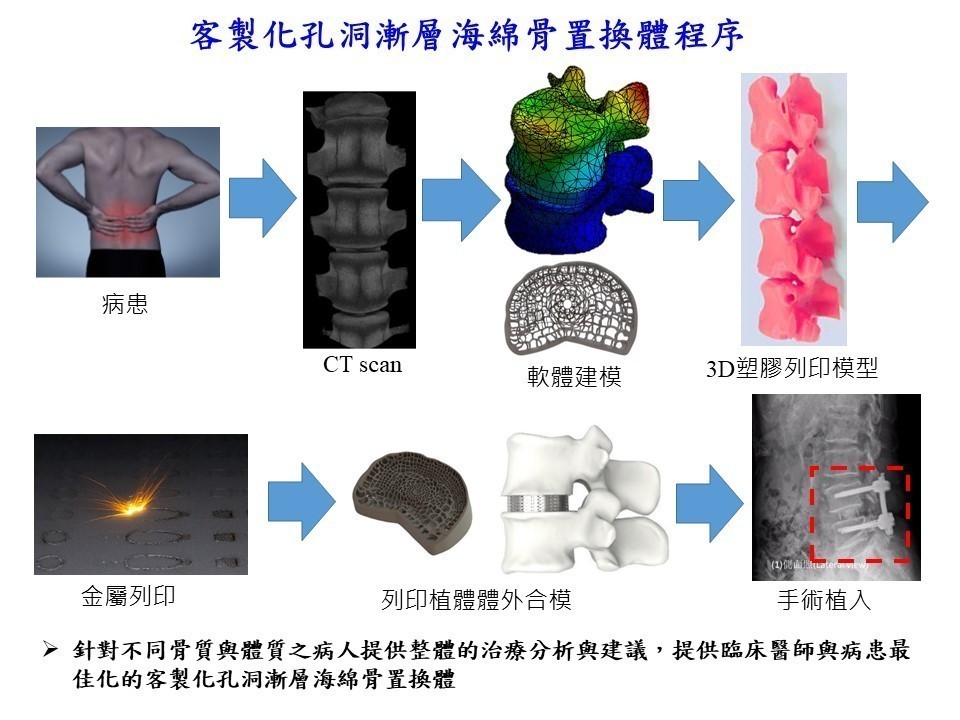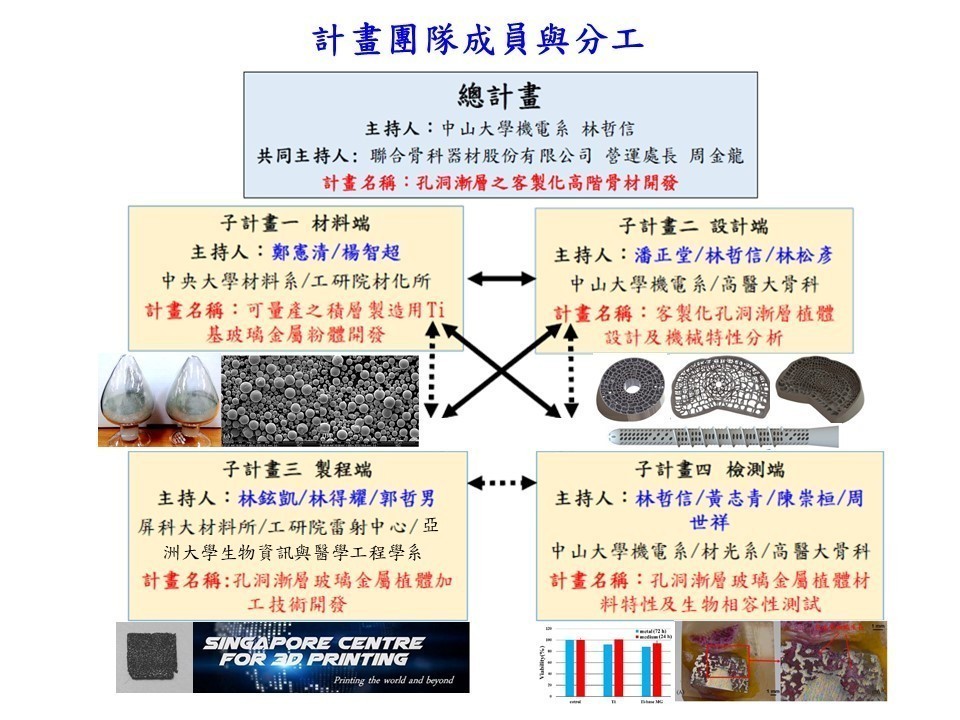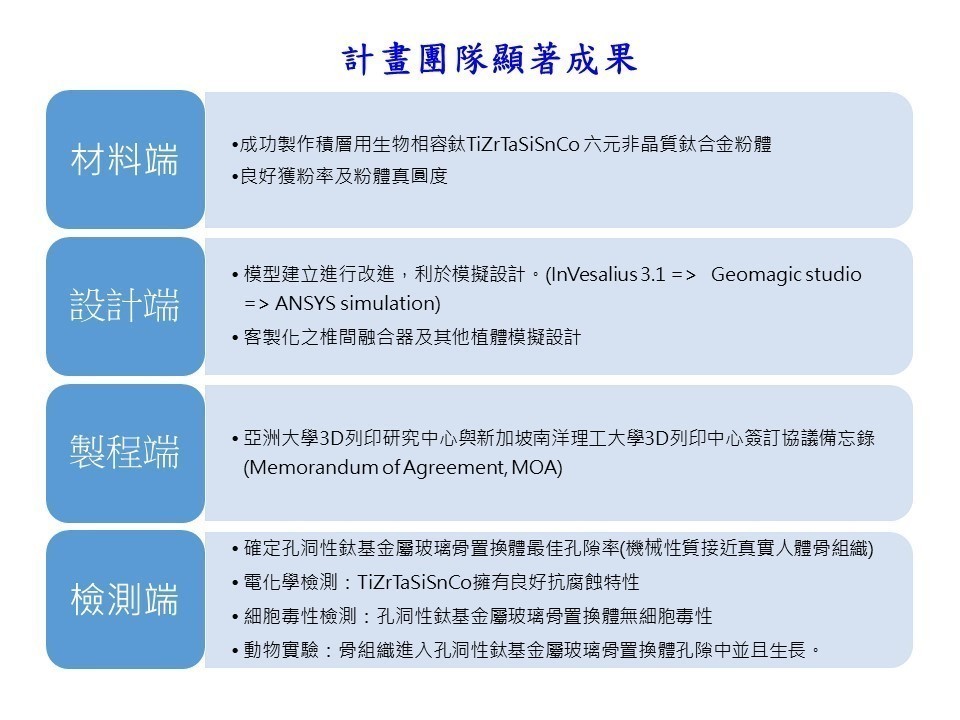| Technical Name | Development of 3D-print porous gradient glassy-metal for cancellous bone prosthesis | ||
|---|---|---|---|
| Project Operator | National Sun Yat-sen University | ||
| Summary | Key technologies (a) Design of complex 3D structures and development of simulation software, (b) Metallic glass powder suitable for laser laminate manufacturing, (c) Structure design of porous biomaterial stent with high added value. Research and development of the bone medical products with high added value, accelerates the development of personalized medical industry in the future. |
||
| Scientific Breakthrough | For patients with comminuted fractures, the bone screw and plate or nailing intramedullary is often used for fixation, and bone-cement or artificial bone powder is applied to strengthen bone growth and bone healing in clinical practice. The solid titanium is often the material of intramedullary nail for mechanical strength, but it may cause localized stress concentration or stress shielding of the sponge bone, resulting in local osteoporosis and fracture again. Moreover, due to changes in the workplace work style recently, the sedentary group has the low back pain, which is caused by prolapse or deformation of lumbar intervertebral disc. There are many patients suffering from back pain. Patients with such " mechanical low back pain " or "sciatica" are often diagnosed as "spondylolisthesis". If the spondylolisthesis is more serious, the lumbar intervertebral disc will be squeezed into the spinal cord. The sciatica is a neuropathic pain, the curative effect of the painkiller is limited. |
||
| Industrial Applicability | 雷射積層製造業、需植入特殊骨置換體之病患 |
||
other people also saw

